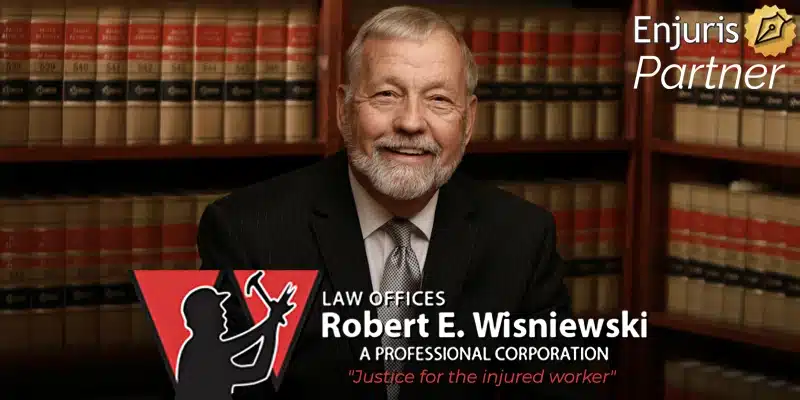What to do when the driver flees the scene without stopping
A hit-and-run accident is when a driver hits another car, person, or piece of property and then flees the scene without stopping to provide their personal information. In Arizona, this can result in serious criminal charges ranging from a misdemeanor to a felony.
This article looks at the frequency of hit-and-run accidents, the laws that apply, and what to do if you're involved in a hit-and-run car crash in Arizona.
Hit-and-run statistics
According to the Arizona Department of Transportation, there were 15,014 hit-and-run accidents in 2017. Of those, 64 resulted in fatalities and 2,900 resulted in injuries. A majority (12,050) resulted in property damage only.
The two most likely victims of hit-and-run accidents are pedestrians and cyclists. Car accidents involving multiple vehicles generally result in damage significant enough to prevent either drivers from being able to flee the scene.
The high rate of hit-and-run accidents in Arizona is due, in part, to the fact that the state has grown rapidly. In the last 7 years, Arizona has increased by almost 800,000 drivers.
When is an Arizona hit-and-run a felony?
If you leave the scene of an Arizona accident without sharing your information with the other involved parties or rendering aid if necessary, you can be charged with a misdemeanor or a felony depending on the severity of the accident.
If the crash results in property damage only, it can be a misdemeanor with up to 30 days in jail, one year's probation, and a $500 fine. If the damage is to a vehicle, the penalty could increase to four months in jail, two years of probation and a $750 fine.
However, you could be charged with a felony if the accident results in an injury. Your penalty would depend on the severity of the injury, or on whether there is a fatality. It could be a Class 5 felony for a minor injury, with up to 2.5 years in prison and a revoked license for three years. If the injuries are severe or fatal, it could become a Class 3 felony with up to 8.75 years in prison and a 5-year driver's license revocation.
| Arizona Penalties for Hit-and-Run Crashes | ||
|---|---|---|
| Type of accident | Maximum penalty for fleeing the scene | Statute |
| Damage to non-vehicle | 30 days jail, 1 year probation, $500 fine (plus surcharges) | A.R.S. § 28-665 |
| Damage to parked vehicle | 30 days jail, 1 year probation, $500 fine (plus surcharges) | A.R.S. § 28-664 |
| Property damage only | 4 months in jail, 2 years of probation, $750 fine (plus surcharges) | A.R.S. § 28-662 |
| Non-serious injury | 2.5 years prison (more if prior felony conviction), loss of driver's license for 3 years | A.R.S. § 28-661 |
| Serious injury or death (where you did not cause the accident) | 8.75 years (or more if prior felony conviction), loss of driver's license for 5 years | A.R.S. § 28-661 |
| Serious injury or death (where you caused the accident) | 12.5 years (or more if prior felony conviction), loss of driver's license for 10 years | A.R.S. § 28-661 |
Why wouldn't a driver stop?
There are many reasons why a driver might flee the scene of an accident. Some of the more common reasons include:
- The driver is intoxicated or driving under the influence of drugs
- The driver is driving with a suspended license
- The driver doesn't have car insurance
- There is an outstanding warrant for the driver's arrest
- The car is stolen
What should you do if you fled the scene of an accident?
While unequivocally the wrong decision, fleeing the scene of an accident that you caused is a common impulse. You may fear that the other driver will retaliate if you stop. Or, you may have tried to move your vehicle to a safe spot and lost track of the other vehicle in the process. Or, maybe you didn't even realize you struck another vehicle until later.
Whatever the reason, fleeing the scene of an accident is serious. In such a case, we recommend you contact an Arizona criminal defense attorney to talk about how to make things right while still protecting your legal rights.
What to do if you are the victim of a hit-and-run accident?
If you're involved in a hit-and-run accident, your instinct might be to chase after the driver. This isn't a good idea. In addition to putting yourself and others at risk, you stand a good chance of being pulled over for speeding.
Instead, take a deep breath and move your vehicle to a safe spot off the road, if possible.
Once you're safe, call the police and report the accident. While waiting for the police to arrive, write down any information that you can remember about the other driver and vehicle, including:
- The vehicle make and model
- The license plate number and/or state
- The color of the vehicle
- Any distinguishing features (damage, rust, bumper stickers, etc.)
- A physical description of the driver (man or woman, tall or short, etc.)
- Contact information for any witnesses
Finally, you'll want to contact your insurance company and file a claim. Arizona is a no-fault insurance state, which means the one who causes the accident is liable to pay for your damages.
Of course, if you can't locate the other driver, filing a claim becomes more complicated. Your policy might still provide coverage assuming you purchased the necessary optional coverage. Examples of optional coverage that might cover your damages includes:
- Uninsured motorist (UM) coverage: provides coverage for bodily injury and property damage sustained by you or the passengers in your vehicle as a result of an accident involving an uninsured driver or a driver who can't be located
- Personal injury protection (PIP) coverage: provides up to $10,000 in coverage regardless of who's at fault (what's covered depends on the specific policy)
- MedPay coverage: provides coverage for medical expenses incurred by you and your passengers regardless of who is at fault
Finally, if you've been involved in a hit-and-run accident, consider contacting an experienced Arizona personal injury attorney. An experienced attorney can help you understand your recovery options if the other driver can't be located, or help you take legal action if the driver is eventually found.
See our guide Choosing a personal injury attorney.


